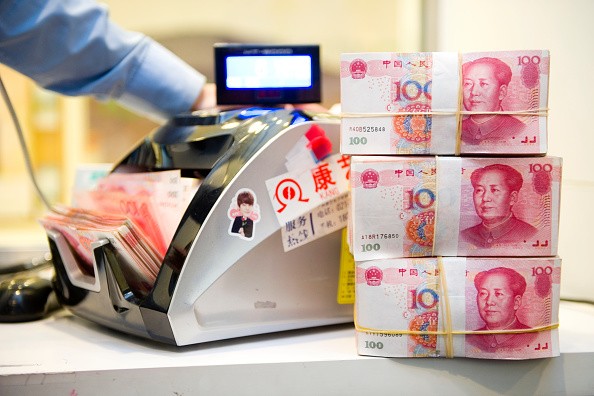The latest data from the U.S. Treasury Department showed on Monday, April 17, that China increased its U.S. Treasury securities stocks in February, after reducing it to $7.3 billion in the previous month.
The Xinhua News Agency said that China's treasuries holdings reached $8.6 billion in February, with the total holding amounting to $1.0597 trillion.
Statistics from the People's Bank of China (PBOC) showed that the country's foreign exchange reserves moved up to $3.0091 trillion at the end of March.
The report said it was the first time that China's forex reserves stretched out for two consecutive months since April 2016.
As China's economy strengthened, capital outflows have also receded, the report said.
Japan also raised its U.S. treasuries holdings by $12.6 billion to $1.1151 trillion in February. Japan surpassed China as the largest holder of U.S. treasuries in October last year.
But Japan overtook China only by default. In November, Japan cut back on its Treasury holdings, reducing it by $23.3 billion to about $1.11 trillion, the report said.
The total foreign holdings of U.S. Treasury securities increased from $5.953 trillion in January to $6.012 trillion in February.
Last year, China tried to manage capital outflows by selling its treasuries to prop up the yuan.
Since November, the yield on the 10-year Treasury dropped to its lowest level, although it remained at 40 basis points above its trading level during the U.S. election day. Bond prices drop when yields rise.
Treasury yields go up when investors sell bonds. Bondholders often sell their U.S. bonds when they see that the economy is improving.
However, in times of strong growth, bonds are less profitable investments than stocks, which boost consumer and business spending.
In November, sales of Treasury bonds increased as investors felt that Trump's proposed stimulus policies would boost growth in the U.S. economy.
In December, the Federal Reserve announced a rate hike, an indication that more rate increases will ensue in the coming years, likely driving bond prices up.



























